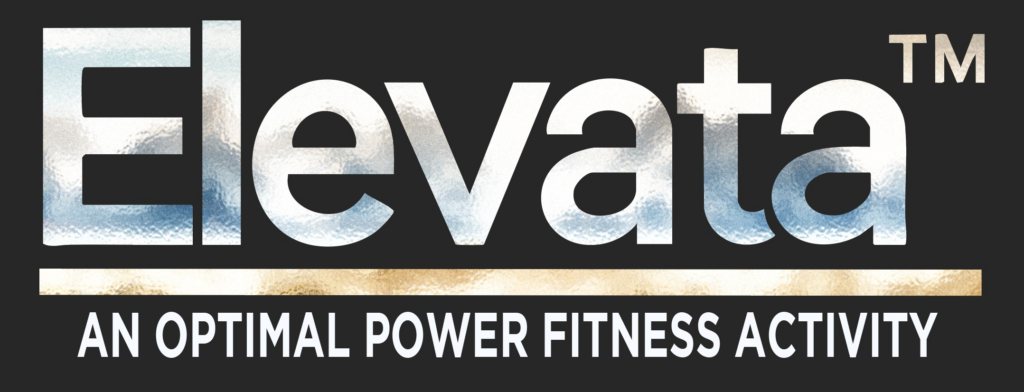Introduction: How Forces Impact Tissue Health Over Time
Ghost Loads: The Hidden Barrier to Long-Term Tissue Health and Human Resilience
Prepared for: Healthcare Innovators, Physical Therapists, Longevity Practitioners, and Health Enthusiasts
Introduction: How Forces Impact Tissue Health Over Time
Our bodies are built to handle force. But not all forces help us grow stronger. Some forces, especially those that act very quickly, may bypass the body’s natural repair systems and contribute to gradual tissue wear.
We call these hidden, rapid forces ghost loads.
This paper explores how understanding and managing ghost loads may support healthier movement, resilience, and quality of life over time.
💎 Simple Version: Ghost loads are like tiny bumps inside your body that are too quick to help you adapt — but can quietly add wear over time.
What Are Ghost Loads?
Ghost loads refer to brief, rapid force events that:
- May occur too quickly for the body’s tissues to process adaptively
- Are shorter than the duration typically associated with mechanical signaling for repair
- May contribute to cumulative tissue stress over time
These events can occur during activities we perceive as “safe” — including walking, lifting, or running — especially when form, fatigue, or coordination issues are present.
⚡ If you understand that very fast forces can sometimes bypass your body’s repair messaging, you already grasp the concept of ghost loads!
The Science Behind Ghost Loads
- 📂 Physics tells us: Rapid deceleration causes brief force spikes higher than the original load[1].
- ⌚ Timing matters: Signals that promote adaptation typically require forces sustained for 0.1–0.25 seconds[2].
- ⚡ Electrical signaling matters: Tissues rely on slow, steady pressure to trigger biological repair signals (piezoelectric signaling)[3].
- ❌ Ghost loads interrupt: Forces that act too quickly may bypass these signaling pathways.
Expand for Technical Explanation
When mechanical loads are too brief, they fail to adequately deform connective tissues to stimulate piezoelectric potentials necessary for osteogenesis, fibroblast activation, and adaptation. Studies confirm that mechanical loads under ~100ms fail to trigger key anabolic pathways such as mTOR[4].
Ghost Loads vs Healthy Mechanical Loads
| Adaptive Load | Ghost Load | |
|---|---|---|
| Force Duration | 0.1–0.25 seconds | < 0.05 seconds |
| Tissue Response | Supports mechanical signaling pathways | May result in mechanical stress without adaptation |
| Potential Outcome | Strength maintenance | Cumulative wear over time |
| Experience | Controlled, empowering | Subtle fatigue, stiffness |
How Ghost Loads May Impact the Body
1. Piezoelectric Signaling Disruption
Bone and tendon tissues use pressure to generate electrical signals that guide cellular repair[3]. Ghost loads may be too brief to stimulate this adaptive signaling effectively.
Expand for Technical Explanation
Studies in connective tissue biology show that proper mechanical deformation is necessary to maintain matrix remodeling and regeneration through voltage-sensitive biochemical pathways such as ERK and MAPK cascades[5].
2. Collagen Microstress
Fast force spikes can strain collagen fibers before they have time to elastically recoil.
Expand for Technical Explanation
High-speed force loading events cause fibrillar slippage and loss of crosslink integrity within tendon and ligament structures[6], leading to gradual microdamage accumulation.
3. Oxidative Stress Generation
Mechanical overloading can increase reactive oxygen species (ROS) production, which over time may contribute to oxidative stress in tissues[7].
Expand for Technical Explanation
ROS generated during rapid loading can activate catabolic signaling pathways and suppress cellular antioxidant defenses, leading to cumulative DNA and protein damage[7].
4. Disruption of Growth Factor Signaling
Mechanotransduction pathways that regulate tissue repair — such as mTOR, IGF, and TGF-β signaling — generally require sustained loading to activate properly[4].
Expand for Technical Explanation
Brief mechanical stimuli are insufficient to activate full autocrine and paracrine feedback loops necessary for long-term tissue remodeling[8].
Everyday Sources of Ghost Loads
- Braking while running
- Decelerating under load (e.g., lowering weights)
- Sudden movements with imperfect form
- Walking with instability or poor coordination
💡 Ghost loads are the hidden “potholes” that can quietly accumulate mechanical strain if left unchecked.
A New Concept: Transparent Loads
Transparent Loads refer to:
- Forces applied over durations consistent with healthy mechanotransduction
- Movements that maintain continuous, smooth tension
- Neurologically “visible” forces that align with the body’s natural sensing systems
The Elevata Method
Elevata training systems are designed to:
- Promote smooth force curves through asynchronous braking
- Maintain bilateral kinetic chain engagement to manage deceleration safely
- Encourage proportional load distribution through the arms (~35%) and legs (~100%)
- Enable user-controlled force development for improved body awareness and load management
By supporting controlled, sustained mechanical loads, Elevata aims to help users maintain healthier movement patterns over time.
Implications for Resilient Aging
While additional research is needed, strategies that:
- Promote adaptive mechanical signaling
- Manage mechanical strain profiles during movement
- Reduce cumulative microtrauma risk
may support better tissue health and help maintain functional independence with age, potentially through mechanisms associated with improved piezoelectric signaling, oxidative stress management, and smoother load profiles[9].
References
- Physics of impact forces: Energy transformations and momentum transfer in biomechanical systems.
- Timing thresholds for mechanotransduction activation: Inflammation and Regeneration, 2018.
- Piezoelectric properties of bone and tendon: Bioengineering Studies, ScienceDirect, 2019.
- mTOR signaling and mechanical stimulus response: Bone Research, Chen et al., 2017.
- ERK/MAPK signaling pathways in mechanical load adaptation: PubMed 2022.
- Tendon fibril slippage and microtrauma under rapid loading: Nakama et al., 2005.
- ROS generation under cyclic mechanical strain: Free Radical Biology & Medicine, ScienceDirect 2025.
- Growth factor signaling in connective tissue adaptation: Nature 2022.
- Healthspan economics: Oxford/Harvard/London Business School Study, 2021.
For further insights into elevating movement health and mitigating mechanical stress factors, visit:
https://elevata.net/research




